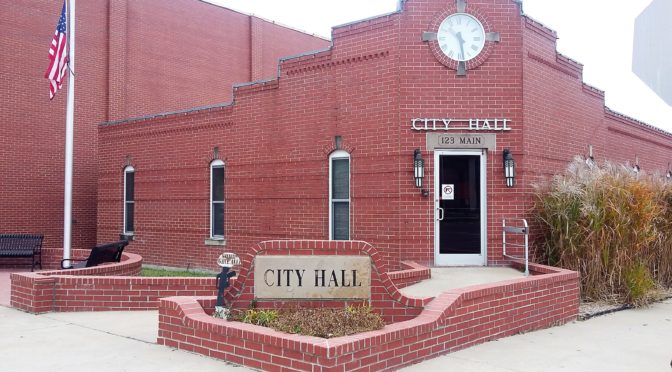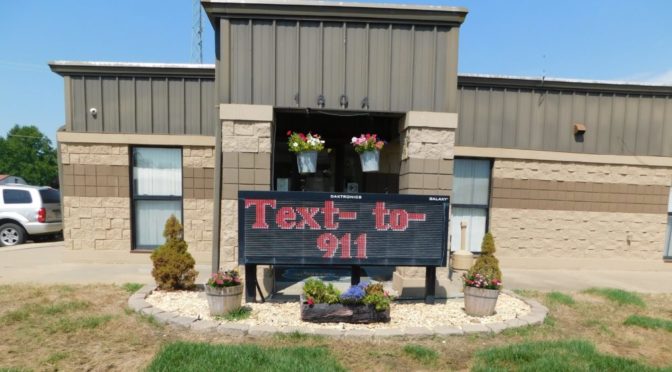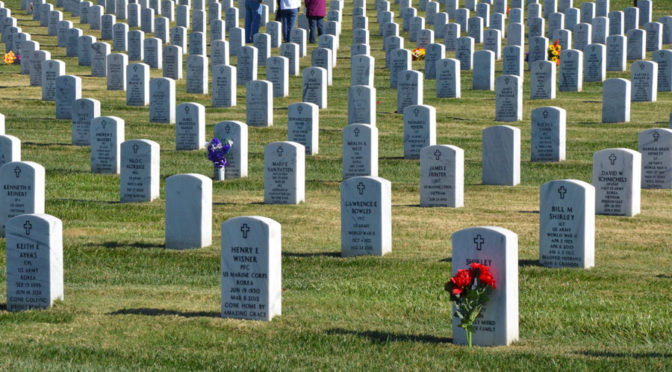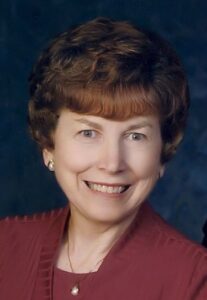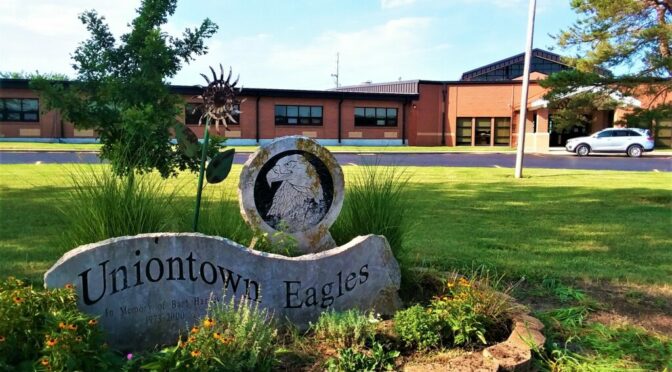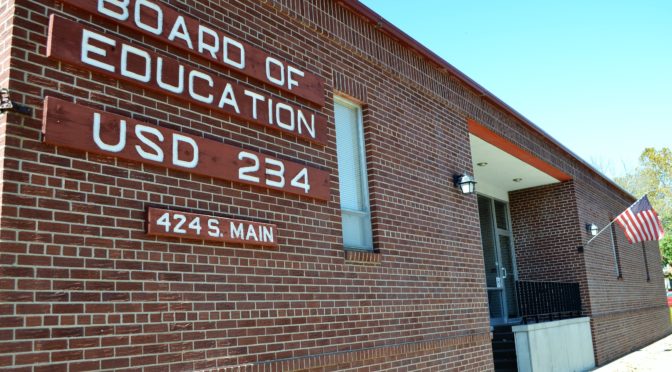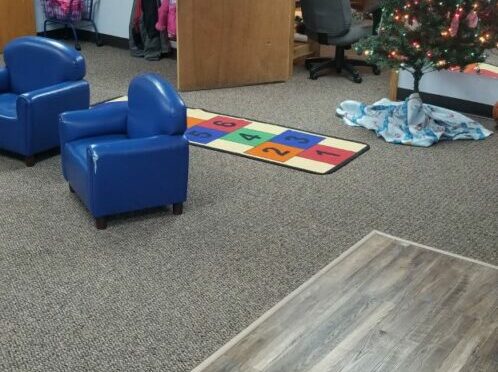Submitted by the Crawford County Convention & Visitors Bureau (Pittsburg, Kansas)
An author with ties to Southeast Kansas just had her debut novel named Reese Witherspoon’s Book Club pick for the month of December. KJ Dell’Antonia’s fictional tale “The Chicken Sisters” was inspired by the fried chicken houses in the towns where her parents grew up.
Less than two hours south of Kansas City, and several miles away from the closest town, yet less than 600 feet apart, are Chicken Annie’s and Chicken Mary’s. Dell’Antonia’s parents are from the area, and frequently took her dining at Chicken Annie’s. Unaware of the real story of these and the other four chicken houses in the county, Dell’Antonia made up her own story.
“I always wondered why were there two chicken restaurants that were clearly completely unrelated, but obviously completely related because one is ‘Chicken Annie’s’ and one is ‘Chicken Mary’s’”, Dell’Antonia told her Facebook followers in a video posted December 2, 2020 (@KJDellAntoniaAuthor). “It stuck in my head for ages and I really wanted to find a story that I could ‘put around’ that idea of two fried chicken restaurants. Maybe because I love fried chicken. Possibly because I love Kansas. I don’t know. It just stuck with me.”
“I created Chicken Mimi’s and Chicken Frannie’s which are absolutely not Chicken Mary’s and Chicken Annie’s,” Dell’Antonia said in her video. “After I got started on the book my mom said ‘do you want me to tell you the real story of Chicken Annie’s and Chicken Mary’s?’ and I was like ‘No! No, please don’t do that! That would ruin everything.’ So, she totally didn’t and I still don’t know them. I will find out eventually, someday.”
“When we learned about Dell’Antonia’s book, we were stunned,” said Chris Wilson, Communications Manager with the Crawford County Convention & Visitors Bureau. “Here is someone who clearly loves the area and was so intrigued by all of the number of fried chicken houses in such a small area that she was inspired to make up her own story about it.”
The real story of the Crawford County fried chicken houses has attracted The New Yorker, the Travel Channel’s “Food Wars”, and BBC Travel, among others.
“A hundred years ago our population was fifty-percent more than it is now due to the need for workers in the old coal mines,” Wilson said. “There were camps scattered along the coalfields through both Crawford County and Cherokee County. Some of these camps grew enough to become towns, and an old street line connected many of these.”
“You have to remember, these mines opened just after the Civil War, and operated during the eras of Prohibition, the Dust Bowl, the Great Depression, and two World Wars. Many were unemployed or earning very little.”
Camp 13, also known as Yale, never grew much population-wise. But its location was a short walk from several active mines. After her husband was injured in a mining accident, Ann Pichler began selling sandwiches in 1934 out of their home there. A year later, she began selling pan-fried chicken and eventually became known as “Chicken Annie.” Just down the road, in 1945, Mary Zerngast first served customers from her kitchen table after her husband’s ill health forced him to quit working in the mines.
“These chicken dinners provided more than just an affordable and delicious meal,” Wilson said. “They provided a chance to socialize and a comforting escape from real hardship. They also created jobs, and not just at their own restaurants. As they grew, they used local bakeries. All six chicken houses still use Frontenac Bakery.”
“They also inspired hope. Thousands of those who came to work the mines were immigrants escaping war-torn Europe. Annie’s family immigrated to the U.S. from Hungary when she was five. Mary’s husband was an immigrant from Germany. And, of course, today, for a lot of us, it’s nostalgic going out to these beloved restaurants. It’s a time to remember lost loved ones in a good way.”
While Chicken Annie’s and Chicken Mary’s started the fried chicken craze in Southeast Kansas, they were followed by others. Still open today are Gebhardt’s Chicken Dinners, which opened in 1946 a little more than a mile to the northeast; Barto’s Idle Hour opened in Frontenac in 1951; Pichler’s Chicken Annie’s opened south of Pittsburg in 1970; and, Chicken Annie’s Girard opened in 1971. All are still owned by local families.
Pichler and Zerngast were not related, but their families were connected when Pichler’s grandson married Zerngast’s granddaughter – the owners of Pichler’s Chicken Annie’s.
“It’s kind of amusing that that is a plotline Dell’Antonia uses,” Wilson said.
“This is the story of two sisters,” Dell’Antonia continued in her video. “They were both raised by a mom who runs one fried chicken restaurant that she inherited in this small town in Kansas, and it’s a small town I totally made up – Merinac. It is not Pittsburg or Frontenac although you can see their names in that a little bit.”
“(Sisters) Mae and Amanda are raised by Barbara, and when they get older Amanda marries the son of the rival fried chicken restaurant, while Mae gets the heck out of Dodge, because that’s all she ever wanted to do, was just get out of the small town and never see it again.”
Having married into the other family, since her wedding day, Amanda had not been allowed into her mother’s home or fried chicken restaurant. Despite this, Amanda goes to see her mother because a reality TV competition wants to do a story on the restaurant’s rivalry – “Food Wars”.
“I grew up as a kid traveling to Frontenac, we would drive, or we would fly into Joplin, and we would go for every holiday and every summer,” Dell’Antonia said. “We would eat at Chicken Annie’s, because we didn’t eat at Chicken Mary’s. I can’t tell you why. I do not know why. I have eaten once at Chicken Mary’s – I think that’s like a super-duper secret – I don’t think I’m supposed to eat at Chicken Mary’s.”
“While I’m not old enough to remember the real rivalry of all these chicken houses, I think it’s safe to say that most customers today bounce between each of these restaurants,” Wilson said. “Some prefer chicken from one location, but spaghetti or chicken noodles from another. If you want to get locals really worked up, don’t ask them about the chicken – ask them about the best coleslaw or potato salad.”
To visit or learn more about the Crawford County, Kansas chicken houses, go to VisitCrawfordCounty.com/friedchicken
To learn more about KJ Dell’Antonia’s book, go to your favorite bookstore and ask for “The Chicken Sisters”.
